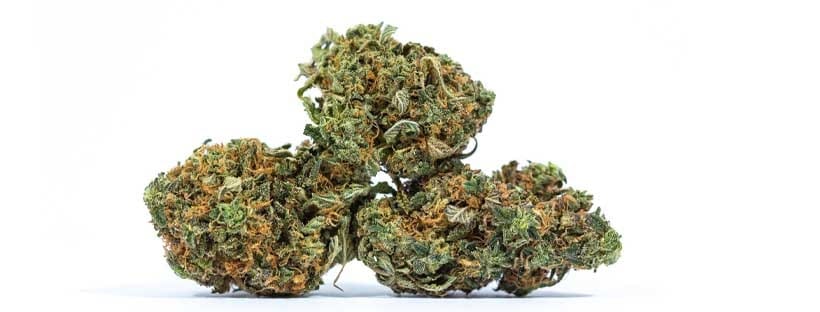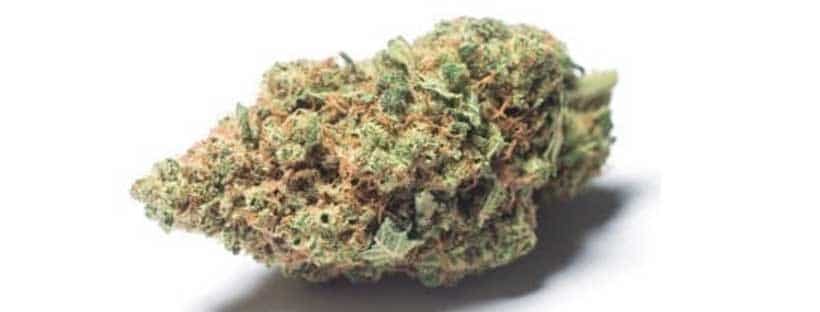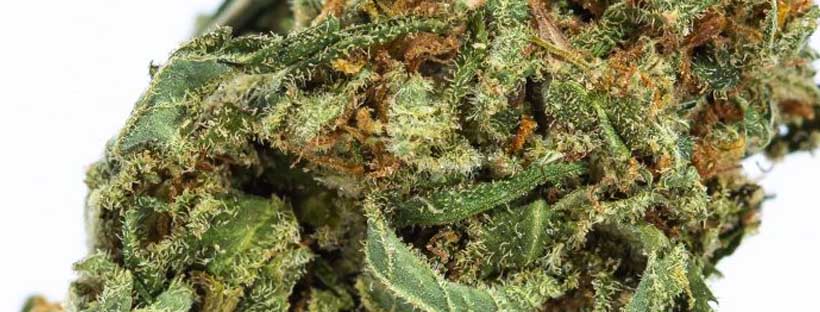Marijuana 101
Best Cannabis Strains For Depression
What is the best cannabis strain for depression? Unfortunately, the answer is not so clear-cut. Yes, people use cannabis for a broad range of reasons, whether for recreational or medical purposes. Also, many people report that smoking weed helps with their symptoms of depression in the short term. However, marijuana can also have long-term adverse effects on those with depression, so it is a case-by-case scenario. It is always best to check with your doctor if you add cannabis to your treatment list.
When you look for a weed strain for depression, you want one with high calming and relaxation sensations. We recommend taking smaller doses as well, as taking too much can add to your depression. Also, the best cannabis strains for depression are ones that contain higher levels of THC. THC induces uplifting sensations of happiness and motivation that can help counteract symptoms of depression. Also, it is essential to note that not all buds of the same cannabis strain are equal. Let’s take a look at some of the best weed strains for depression and anxiety.
Jack Herer:
One of the best cannabis strains for Depression is the Jack Herer strain. Among the most renowned in America, the Jack Herer cannabis strain originated in California and is said to be a result of crossing the Northern Lights, Haze, and Shiva Skunk strains. The resulting Sativa-dominant product can reach THC levels of 23% and has distinctly sticky, trichome-covered buds. The flavour of the Jack Herer weed strain is citrusy, with hints of lemon and orange. Yet, upon combustion, it takes on a clean, sage-like aroma.
The Jack Herer marijuana strain gives its users a happy, energetic high without being overpowering and is ideal for users suffering from stress disorders and depression. In addition, due to its pain-relieving properties, Jack Herer can also be used to treat chronic pain. This strain has been awarded nine times at Weed Cup, including multiple “best in class bud” awards, and is a perfect choice for those who want to experience a euphoric and creative high.
Harlequin Strain
High CBD strains are some of the best weed for depression and anxiety. The Harlequin cannabis strain is a Sativa-Dominant variety resulting from the Thai Sativa, Colombian Gold, Swiss Sativa, and Nepali Indica strains. The plant has a breakdown of 75% Sativa and 25% Indica and bears tightly packed green buds with CBD levels of between 6-15% and THC levels between 7%-15%. The Harlequin weed strain has a musky fragrance with hints of tropical fruit and smoke that produces a smooth and woody mango flavour.
Because of its mood-elevating solid effects, the Harlequin marijuana strain can help treat depression and anxiety. It also has analgesic and anti-inflammatory properties and can help reduce migraines, back pain, chronic pain and inflammation in patients suffering from arthritis and SLE. Harlequin also works as an energizer and is therefore helpful for patients with chronic fatigue.
Grand Daddy Purple
Grand Daddy Purple, also known as “Granddaddy Purps,” is an Indica-dominant hybrid strain developed in 2003 by crossing the Big Bud and Purple Urkle cannabis strains. The resulting product, which has a ratio of 80% Indica to 20% Sativa, has an average THC content of 17%-24% THC. In addition, its characteristic deep purple buds, covered in milky trichome crystals and orange hairs, boast delicious deep berry and grapefruit flavours, which result in a cerebral and relaxing high.
Apart from recreational use, the Grand Daddy Purple weed strain also has several medicinal benefits for physical and psychological disorders. You can use this strain to treat various ailments such as anxiety, depression, insomnia, and chronic pain. Many users call these flowers some of the best for those with depression. The Grand Daddy Purple marijuana stain can also be highly effective at curbing nausea and combatting appetite loss in cancer patients or those with a chronic illnesses.
Pineapple Express
If you want a high THC marijuana strain best for depression, then look no further. The Pineapple Express cannabis strain has gained a remarkable rise in popularity after its namesake 2008 film. The slightly Sativa-dominant strain is a mix between the Hawaiian and Trainwreck strains and can reach impressive THC levels of 25%. In addition, pineapple Express weed strain users can expect it to display the signature taste of freshly cut pineapple and mango, with citrus and pine notes, resulting in a truly delicious combination.
Though it is predominantly for recreation, the Pineapple Express marijuana strain does have some awe-inspiring medicinal properties. For one, the potent strain is a powerful analgesic and works wonders to relieve chronic pain, body aches, and muscle spasms without traditional painkillers’ side effects. The strain is also excellent for uplifting the mood and can be used to treat anxiety and depression. Pineapple Express is also a valuable remedy for patients suffering from appetite loss or nausea.
OG Kush
The notorious OG Kush cannabis strain is the most highly regarded, distributed, and priced strain available on the market. This highly potent, Indica-dominant strain is the product of crossing the Hindu Kush and Chemdawg. WithTHC levels reaching between 20% and 25%, it can wow even the most experienced cannabis users. With highly vivid green buds covered in orange pistils and milky trichomes, the OG Kush weed strain usually has a musty, earthy aroma with citrus hints.
Its effects are generally uplifting and euphoric, ideal for creative activities, making it a candidate for the best cannabis strain for depression and anxiety. From a medicinal perspective, the OG Kush marijuana strain can relieve stress and anxiety and even help with attention deficit disorders. In addition, its sedative effects also make it an effective remedy for migraines, chronic pain, and insomnia. Overall, the OG Kush strain is the perfect choice for daytime or social activities, which require mental concentration.
References
Natural Care. (2018, September 20). How THC works. Natural Care Group. Available At: https://naturalcaregroup.com/how-thc-works/
Volkow, N. D., Baler, R. D., Compton, W. M., & Weiss, S. R. (2014). Adverse health effects of marijuana use. The New England journal of medicine, 370(23), 2219–2227. https://doi.org/10.1056/NEJMra1402309. Accessed January 28, 2021, at https://www.ncbi.nlm.nih.gov/pmc/articles/PMC4827335/
Cannabis Ontario. (2021, July 4). CannabisOntario.net. Available at: https://cannabisontario.net/
Powell, A. (2020, February 24, 2020). What we know and don’t know about pot. The Harvard Gazette. Available at: https://news.harvard.edu/gazette/story/2020/02/professor-explores-marijuanas-safe-use-and-addiction/






